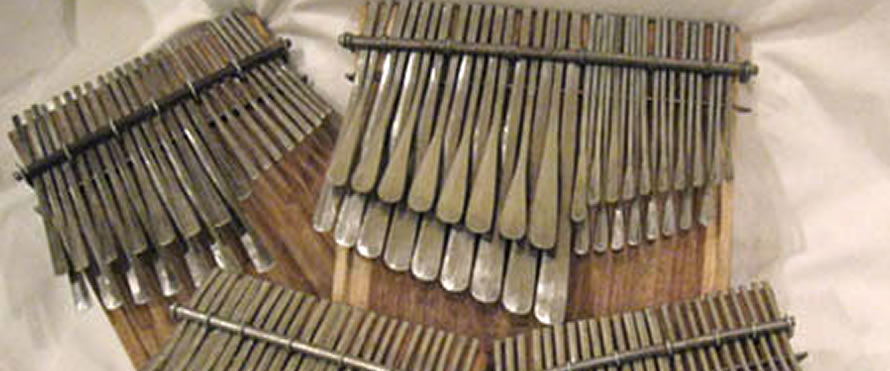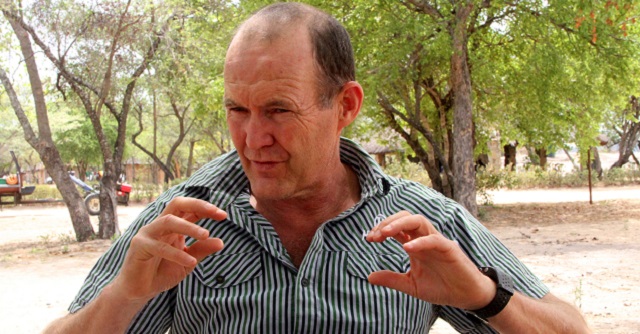
The Sunday News

 Pathisa Nyathi
Pathisa Nyathi
THIS is the last instalment on the mbira musical instrument. The emphasis of this article is to bring to the fore the pitfall or dangers that the mbira will fall into if blindly confined to the spiritual realm. Here we shall look at globalisation and its impact on certain cultures and worldviews.The information and communication technologies have brought the world together in what is generally known as a global village. We do know from lived experience that a village has a village head or chief and a dominant village culture. Sadly, not all of the world’s cultures will make equal contributions to the village’s culture. Certainly, African culture will not feature prominently on the global village.
African culture, in all its manifestations and ramifications is a culture under sustained and severe onslaught. The more powerful religions of the world are undercutting and undermining it. African worldviews, values, principles, philosophies, cosmologies and beliefs are being constantly eroded. Seemingly Africans have neither the will nor the know-how to stand up to the global onslaught on their culture. Africans are a people with neither a proud identity nor the will power to defend what is their own.
In fact, they measure development in terms of how successfully they abandon their own cultures including traditional music and the traditional musical instruments.
With a past and culture that were denigrated and scandalised, they have willingly fallen into the trap of going out of their way to seek, appropriate and practice other people’s cultures.
Their spirituality in particular has received the hardest knock. If the mbira is to be confined to the spiritual realm as a sacred musical instrument it will go down into cultural oblivion together with African spirituality. It is therefore foolhardy to lend spirited assistance to the extinction of the mbira.
We ought to be drawing a leaf from the innovative Chinese who are taking measures to ensure that their own culture becomes an integral part of the global culture. In our situation that would translate into going beyond keeping the mbira within the sacred domain. Let it remain ensconced there where it will not make an impact on the world musical scene.
However, the best way to safeguard it is to set it free and allow it to join other musical instruments of the world. It should be part and parcel of orchestral ensembles that make it in the global village. It is certain that enterprising people from overseas will appropriate the mbira and popularise it to a point that they will even patent it as their own. All Zimbabwe will claim is historical origin of the mbira. At the local level the mbira should enter the secular entertainment world where it will be played by several artistes with no connection with the spiritual world.
In terms of manufacture there is nothing unholy or profane about producing the mbira according to modern production methods. The whole idea should be to produce better quality music which changes with changing tastes of the clients. The greatest danger to the continued existence of the mbira is to fossilise and relegate it to a never changing past, more so the spiritual past.
There is what one may term the essence of the mbira in terms of the sound that it produces. That essence is what should endure and move into the future. The mbira inherited from the past had a particular design and produced a particular sound. The design need not remain the same. It is not so much the design that characterises a mbira. Rather, it is a particular distinctive sound which will stand out among the sounds of various musical instruments within an orchestral ensemble.
This attribute allows design to change and meet current and ever changing design tastes. A mbira may take the shape of a guitar or even any other musical instrument. Its mbiraness is in its distinctive sound and not so much in the design of the instrument.
Where there is emotional attachment to the historical design and shape of the mbira that could be retained in other surfaces where artistic impressions may be rendered. For example, the traditional design and shape could find their way as motifs and icons on some fabrics, furniture and other utility and artistic objects.
What should emerge from this narrative is the idea of accommodating change and development. A musical instrument that has a chance of making it into the future is one that will be subjected to research and development to ensure it remains relevant in the future. A musical instrument should change in tandem with changing tastes.
What we are positing here is not confined to the mbira. It is a discourse that is applicable to other musical instruments. We do note how umqangala (bow and string) among the Ndebele became obsolete. The same fate befell ichacho (bow and arrow with a resonator) — an instrument similar to umqangala that is played by men.
Ichacho has a resonator and is played by women. Both musical instruments were not developed to meet modern tastes in terms of sound, design and accompanying music. As a result, the Ndebele virtually have no musical instruments coming from their past.
Surely we should draw lessons from the fate of the two instruments and avoid the mbira falling into the same cultural abyss. However, with regard to the two musical instruments, their demise was not due to the fact that they belonged to the spiritual domain. They were perceived as instruments belonging to a pagan past and played by an uncivilised people. The rejection of the past also witnessed the rejection of the two musical instruments.
An important lesson to draw from the two musical instruments is never to confine musical instruments to an aspect of culture that is fossilised in the past, to be associated with a past that is no longer cherished. Currency is of the essence in sustaining and getting a musical instrument into the future.
Hopefully, the debate on the mbira has generated more light than heat. We need to look at such seemingly contentious issues with microscopic and open eyes. Survival in a fast changing world demands that we balance pre-occupation with the past and remaining current to emerging patterns and tastes. Failure to adapt to change will certainly spell doom to our culture and worldviews remaining relevant and imbued with everlasting life — a life that flows from embracing innovative change that takes into account a people’s cultural background. Life derives from pre-existing life.



